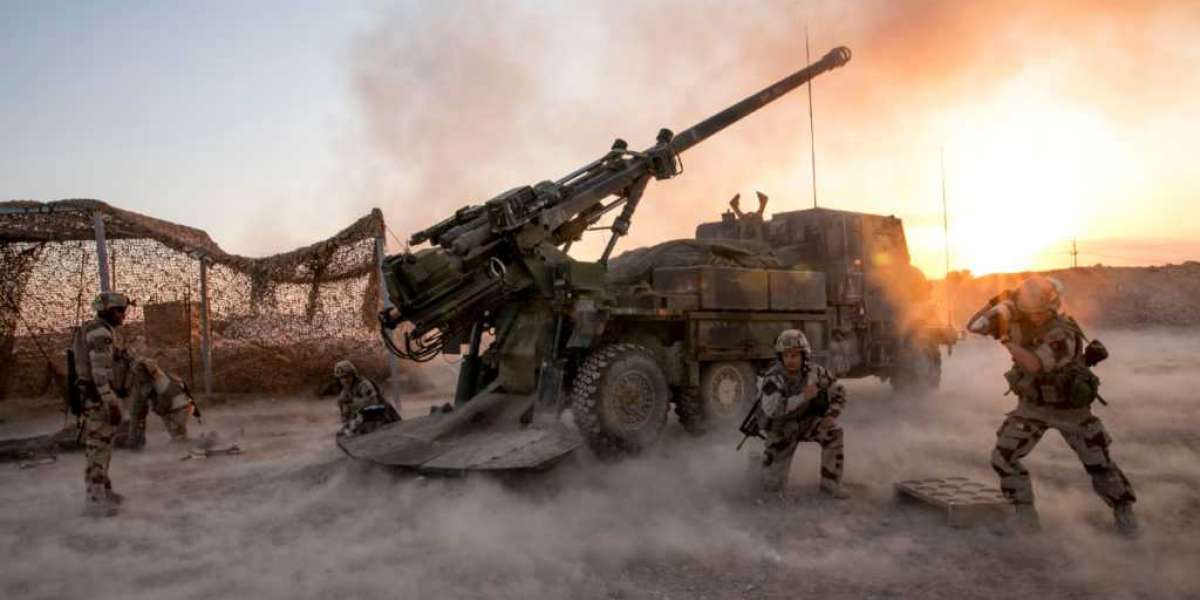A few days ago, according to the website of the U.S. Naval Institute, the Congressional Research Service, a think tank used by the U.S. Congress, released a report "Emerging Military Technologies: Background and Issues for Congress", which comprehensively elaborated on artificial intelligence (AI) and autonomous lethal weapons (LAWS). , the potential applications of six emerging military technologies including hypersonic weapons, directed energy weapons, biotechnology, and quantum technology in future battlefields, and the development status of the United States and other countries in related fields.
artificial intelligence
Currently, AI is widely used by "the United States and its competitors" for intelligence, surveillance, reconnaissance, logistics, cyber operations, command and control, and military applications such as semi-autonomous and autonomous driving, the report noted.trigoxin
Compared with the human operating system, the AI system has a faster response speed and an exponential increase in the amount of data that can be processed; at the same time, AI technology has created new combat concepts such as unmanned aerial vehicle swarm operations. However, AI systems also face problems such as algorithmic bias, which may be exploited by adversaries and lead to the failure of military operations. In recent years, the application of AI in the "deep fake" of pictures, audio and video has attracted more and more attention. It can be used to falsify news reports, interfere with public opinion, and carry out "information warfare".
According to the report, the U.S. Department of Defense is operating more than 600 AI projects, and its public investment in AI technology has grown from more than $600 million in fiscal 2016 to $927 million in fiscal 2020. According to the 2019 National Defense Authorization Act, the U.S. military established the Joint Artificial Intelligence Center (JAIC) to accelerate the military application of AI technology. In 2021, the U.S. military has planned to invest as much as $800 million in JAIC and the intelligent image processing project code-named "Maven" alone.
Lethal Autonomous Weapon System
According to the report, there is no internationally accepted definition of lethal autonomous weapon systems. The U.S. Department of Defense directive defines it as a "weapon system capable of independently identifying targets and using airborne weapons to attack and destroy them without human control." Compared with traditional weapon systems, LAWS can rely on computer algorithms and sensors to distinguish hostile targets, make engagement decisions, and guide weapon attacks when communication is poor or even cut off.
Some experts believe that LAWS "allows weapons to strike military targets with greater accuracy and reduce the risk of collateral damage or civilian casualties." Some analysts also believe that LAWS lacks manual control and faces risks such as hacking, enemy manipulation, and software errors, which may lead to a greater number of misfires and civilian casualties. About 25 countries and 100 NGOs have requested international legislation to ban the development of LAWS.
At present, there is no evidence that the United States is researching, or is preparing to research LAWS, but it is certain that the United States has not prohibited the research, deployment or use of LAWS.
Hypersonic weapons
The report mentioned that many countries, including the United States, Russia, and China, are developing hypersonic weapons. It is mainly divided into two categories, one is a hypersonic glide vehicle that is first launched by a rocket and then glides to the target without power, and the other is a hypersonic cruise missile powered by a high-speed engine during the entire flight process. Hypersonic weapons do not follow a parabolic trajectory and can maneuver during flight, making it more difficult for opponents to defend.
Analysts are divided on the strategic significance of hypersonic weapons. Some experts believe that the fast flight speed of hypersonic weapons compresses the reaction time of opponents; however, their unpredictable flight paths increase the uncertainty of the target and increase the risk of miscalculation or accidental escalation in a conflict. Other experts argue that the strategic impact of hypersonic weapons is minimal because ballistic missiles are also powerful enough to overwhelm opponents' anti-missile systems.
At present, the US Department of Defense is developing hypersonic weapons through the "Conventional Rapid Strike Program" project. In 2021, the U.S. military plans to invest $3.2 billion in research on hypersonic weapons, of which more than $200 million will be invested in hypersonic weapons defense systems.
directed energy weapons
The Department of Defense defines directed energy weapons as the use of concentrated electromagnetic energy to "incapacitate, damage, maim or destroy enemy equipment, facilities or personnel," the report said. Directed energy weapons can be used for short-range air defense, counter-drone, counter-rocket, artillery, and mortar missions for ground forces. In theory, directed energy weapons could be effective against missile salvos or swarms of drones compared to conventional systems, and could also be used for boost-phase missile interception.
The United States began researching directed energy weapons in the 1960s. Currently, the U.S. Army, Navy, Air Force and Defense Advanced Research Projects Agency (DARPA) are all conducting research and development projects for counter-drone directed energy weapons. In 2021, the U.S. Navy and Army plan to deploy laser weapons with a power of 60 kilowatts and 50 kilowatts, respectively. The U.S. military hopes to launch a 300-kilowatt laser weapon capable of intercepting cruise missiles in 2022.
Biotechnology
The report argues that the development of biotechnology has obvious implications for U.S. military and international security. Biotechnology, such as low-cost gene-editing tools, has the potential to alter or create genes to "modify" animals, plants and humans, and could be used to boost
DARPA currently has a number of biotechnology programs dedicated to military medicine, diagnostics, and prognostics, and its Safe Gene Program is designed to "protect military personnel from accidental or deliberate misuse of gene-editing technologies." In addition, the U.S. military is developing new bio-based materials and sensors. Another report believes that the United States is studying or has studied the use of biotechnology to improve the combat capabilities of soldiers, making them stronger, smarter, more capable, and more durable.



